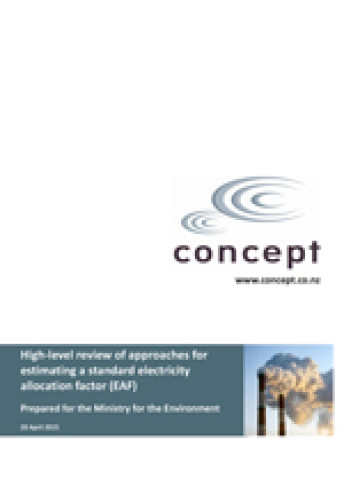This report reviews the 2011 electricity allocation factor modelling approach and identifies several potential issues, including exogenous specification of fleet composition, consistency of coal and CO2 prices, exclusion of some approaches and scenarios, Huntly retirement assumptions, and inconsistent EAF projections. It also includes a discussion on how CO2 prices are likely to flow through electricity prices, and proposes an alternative framework to estimate the EAF based on long-run marginal costs.
This report reviews the 2011 electricity allocation factor modelling approach and identifies several potential issues, including exogenous specification of fleet composition, consistency of coal and CO2 prices, exclusion of some approaches and scenarios, Huntly retirement assumptions, and inconsistent EAF projections. It also includes a discussion on how CO2 prices are likely to flow through electricity prices, and proposes an alternative framework to estimate the EAF based on long-run marginal costs.
NZIER memo: Estimating an electricity allocation factor
This memo by NZIER addresses the Concept Consulting report High level review of approaches for estimating a standard electricity allocation factor (EAF). It defends the 2011 EAF modelling approach and argues against an alternative modelling framework developed by Concept based on long run marginal costs. While the long-run marginal cost analysis is simple and theoretically sound it has drawbacks that make it inappropriate. NZIER recommend a combined short-run and long-run approach using available historical data.
NZIER memo: Estimating an electricity allocation factor [PDF, 267 KB]
NZIER memo: Estimating an electricity allocation factor [WORD, 159 KB]
